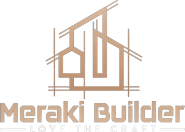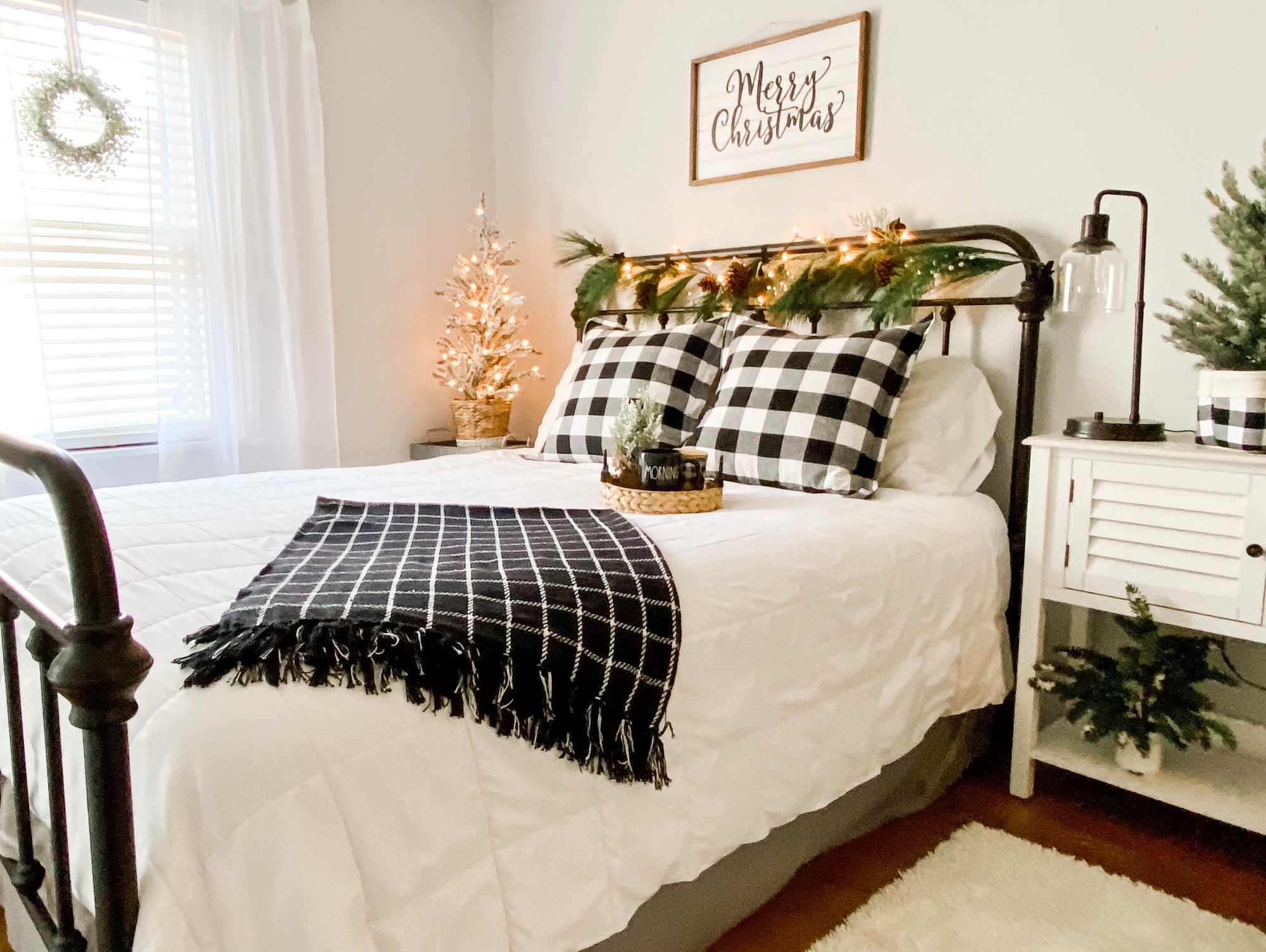Undertaking a home remodel is an exciting yet intricate process. Whether you’re updating a single room or planning a whole-home makeover, it’s easy to overlook key factors that can make or break the success of your project. In 2025, remodels are about more than just aesthetics—they focus on functionality, sustainability, and aligning with the latest design trends.
To help you avoid costly mistakes, here are common pitfalls to steer clear of during your remodel.
1. Skipping the Planning Phase
Jumping into a remodel without a comprehensive plan is a surefire way to set yourself up for failure. While it may seem tempting to start the demolition and pick out your finishes, a solid plan is essential for keeping your project on track. Without a clear roadmap, you risk running into delays, budget overruns, and misaligned design choices.
Why Planning Matters:
- Direction and Focus: A detailed plan keeps your vision in mind, ensuring that the remodel meets your expectations.
- Avoids Costly Mistakes: Identifying potential issues early on can save you time and money.
- Clear Timelines: With a plan in place, you’ll be able to anticipate when different stages of the remodel will be completed.
Tip: Take the time to define your goals and work with a contractor to create a clear roadmap. Don’t skip the crucial design phase.
2. Underestimating the Budget
Budgeting is one of the trickiest parts of any remodel, and many homeowners underestimate the true costs. You might have an idea of how much your remodel will cost, but it’s easy to forget hidden expenses like structural changes, material upgrades, or contractor fees.
Why Budgeting is Crucial:
- Prevents Mid-Project Scraps: Running out of money before completion means an incomplete home, which can be costly and stressful.
- Peace of Mind: A detailed budget reduces financial anxiety and makes sure you’re not blindsided by unexpected costs.
- Sufficient Allocation: A good budget helps ensure you’re not cutting corners on important aspects like plumbing, electrical, or design elements.
Tip: Start with a realistic budget and set aside at least 10-15% for unexpected costs. Always consult with your contractor to ensure estimates are accurate.
3. Ignoring the Importance of Lighting
Lighting often gets overlooked in remodels, but it plays a vital role in both the function and aesthetic of your space. Poor lighting can make a beautifully renovated room feel cold, dark, or even unwelcoming. In 2025, layered lighting—combining ambient, task, and accent lighting—is key to creating the right atmosphere.
Why Lighting is Essential:
- Functional Illumination: Good lighting makes everyday tasks easier, from cooking to reading to getting ready for the day.
- Mood Setting: Proper lighting can set the mood, enhancing the ambiance and feel of the room.
- Design Integration: Lighting fixtures should complement your design choices, adding both beauty and utility.
Tip: Don’t skimp on lighting. Layer your lights for flexibility, using task lighting for work areas and ambient lighting for relaxing spaces.
4. Failing to Update Essential Systems
Many remodels focus on surface-level changes like cabinetry, countertops, and flooring, but it’s equally important to evaluate your home’s core systems, such as plumbing, electrical, and HVAC. Neglecting these systems during a remodel can result in problems down the line, and it can even compromise your home’s safety.
Why System Updates Matter:
- Safety: Outdated wiring or plumbing can pose a serious safety risk.
- Efficiency: Older systems tend to be less energy-efficient, costing you more in utility bills.
- Long-Term Savings: Upgrading your systems during a remodel ensures you won’t have to address them later, which could be more disruptive.
Tip: Don’t ignore your home’s infrastructure. Evaluate whether systems like HVAC, electrical, and plumbing need updating, and work with professionals to ensure everything is up to code.
5. Choosing Style Over Function
While style is important, functionality should always take precedence during a remodel. It’s easy to get carried away with trendy looks, but if your remodel doesn’t meet your daily needs, it’s all for naught. Make sure your design choices work well for your lifestyle.
Why Function is Key:
- Practicality: A beautiful design doesn’t matter if it doesn’t function well for your family. Think about how the space will be used day-to-day.
- Long-Term Enjoyment: Practical designs stand the test of time and will save you from redesigning again in the future.
- Cost-Effectiveness: Choosing functionality over fleeting trends may cost less in the long run.
Tip: Consider your family’s lifestyle when designing spaces. Choose furniture, finishes, and layouts that suit how you live and not just what’s trendy.
Conclusion
Remodeling your home is an exciting journey, but it’s easy to make mistakes if you’re not careful. By planning ahead, setting a realistic budget, prioritizing lighting and essential system updates, and balancing style with function, you can ensure your remodel is a success.
Avoid these common pitfalls and set yourself up for a smooth renovation process that leaves you with a beautiful, functional home. Whether you’re updating a single room or embarking on a whole-home remodel, taking the time to get things right from the start will lead to better results and fewer headaches down the road.








